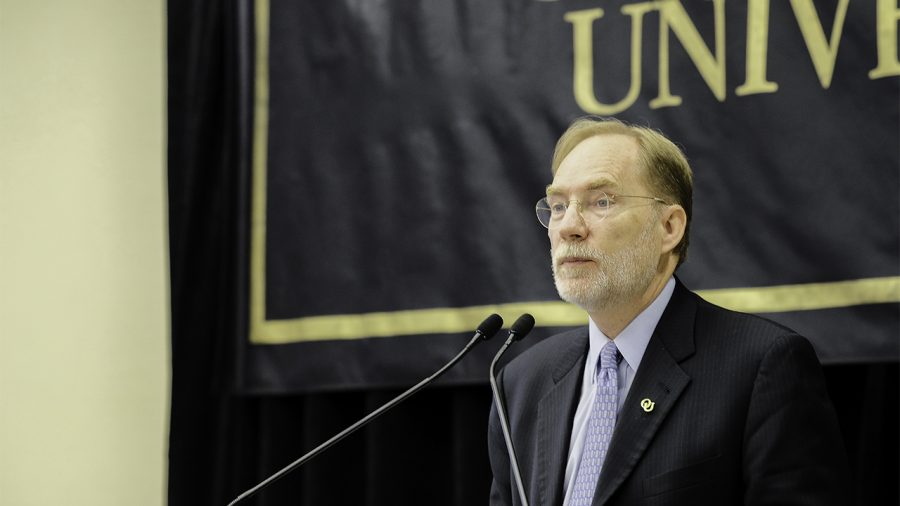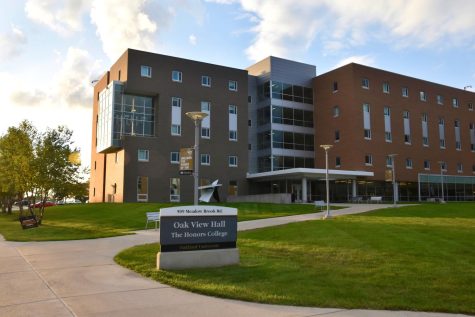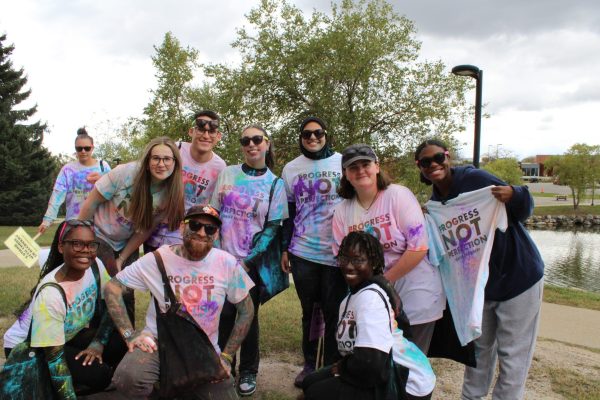Using sewage to track COVID-19
VP of Research David Stone.
Sewage at Oakland University can contain more than just the usual “crap,” it can contain trace amounts of COVID-19.
In November, Oakland administration announced their plans to monitor sewage with Aquasight, a Troy, Michigan company, in an attempt to improve contract tracing on campus.
Since November, the university has been closely monitoring the results from the sewage surveillance program to limit the spread of the virus on campus. Vice President of Research David Stone feels the system has been “pretty effective” in the few months it has been implemented.
“We’re able to track the virus from all of the buildings we’re tracking, and it does seem to move up and down and give us an additional datapoint,” Stone said. “We’ve got people in the residence halls who are COVID-19 positive but asymptomatic.”
The sewage tracking is especially important for those asymptomatic cases. Stone and the research team feel the extra data point has been useful to help prevent those asymptomatic people from going to class or traveling into common spaces.
The tracking system works by placing sample collection tools in manholes outside of each residence hall that is being tracked. Almost every dorm is being tracked, except for Van Wagoner and Hill Houses.
Every couple of hours the device opens up and takes some water. Twice per week, the kits are pulled out of the manhole, then analyzed. From there, if there are certain levels of COVID-19 in the water, the University and Leadership Committee will alert staff in the building about the levels of COVID-19.
Both Stone and President Ora Hirsch Pescovitz feel that using the sewage tracking system can not only help prevent the spread of COVID-19 on campus, but also be a useful tool for local hospitals and health care officials.
“As a physician-scientist, I also understand that if we can monitor infectious diseases through this process, it will give government officials and health care providers a big advantage in controlling the spread of disease,” Pescovitz said in the November press release.
In addition to tracking infectious diseases, the sewage tracking system can also track opioid use, which Stone believes could help communities fight the opioid epidemic.
“We’ve forgotten about the epidemic, but it didn’t go away,” Stone said. “In some cases, the things that brought it on — depression and mental health challenges — have intensified, if anything.”
Stone believes in combination with the BioButton — which is still available in the Oakland Center and in residence halls — tracking sewage can lead to more information to assist in contract tracing.
For Stone and his research team, “triangulating” data is critically important. The university cannot afford to constantly test people on campus, and even if it could, people would get “testing fatigue,” according to Stone.
“We’re trying to keep one case from becoming 50 cases in a dorm or on an athletic team,” he said. “The sewage testing helps us limit cases from becoming outbreaks. This is a way to identify cases and nobody has to do anything, so it’s handy in that way.”








